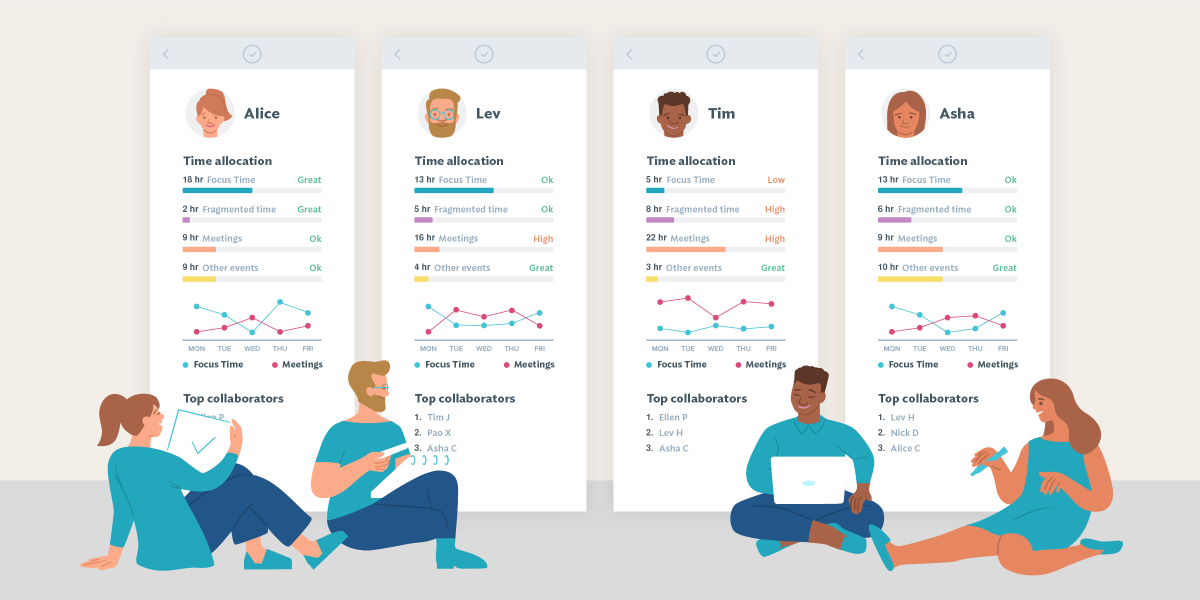Picture: (Reisenwitz, 2022)
Context
In our last blog post, we explored the potential of ChatGPT in the use case of developing project scopes as part of project briefs in (student) consultant firms. There, its potential became clear while its risks in dealing with prompts and skewed information inputs also surfaced.
In this article, another potential application to the world of consulting project management is discovered. This is deliberately one that instead of having to generate a new piece of text takes already complete information and uses it to suggest a clear-cut decision.
Here, the discovery pertains to one of the decisions that plays a role in optimizing internal operations and is a key determinant of the future success of a project as well as consultant satisfaction; their allocation to projects and compositions in teams (Nexus Technology, 2023). As this often turns out to be such a complicated decision with a multitude of stakeholders and views involved, ChatGPT may help to comprehensively assess the information and give insight into new dimensions we may have to more actively consider.
Experimentation
Luckily, we possess sanitized data on projects and student consultants that do not have to be further cleaned for use. For this small experiment, three projects that ran in the same cycle were picked and their sanitized and shortened project briefs as sent to consultants were given as input in a consistent format to ChatGPT. This includes the background of the client, including size and industry as well as a description of the client’s problems and sometimes expectations in terms of tasks to be done; think of market research, a competitor analysis, developing an outreach strategy, etc. This is done with the aim of replicating the decision made in the past as closely as possible, without telling it the metrics used for the respective allocations.
In addition, the anonymous data about consultants is extracted from our online workspace and combined in simple textual, entered form. Here, to make the analysis more explainable amidst many potential variables, only their year of study, current study program and current professional (or volunteering) role title were used as indications of successful applicant’s interests and potential performance.
Now, a prompt asked ChatGPT to assign eighteen student consultant profiles over the three projects with different scopes and types of clients. In this case, the personal preferences of student consultants as submitted are left out of the equation to better explore how ChatGPT would analyze the problem.
Impressions
Interestingly, while not specified prior, ChatGPT assigned more people to the first project and less to the second, where usually a consistent maximum of six people per project is adhered to out of communication, team size and leadership complexities. By breaking down the project scope and seemingly matching that with keywords found in the study program or job title of the applicants, it did form three seemingly logical teams in which students with backgrounds in marketing, finance and legal are each grouped under a project. What it may not have automatically considered, however, is the fact that the desired project success mentioned as a goal does not just depend on assumed expertise. It also depends on collaboration, how well people work together and to what extent personal backgrounds match. With students ranging from different cultural backgrounds, from 1st year to last-year university bachelor or master students and from entirely different study backgrounds, this may give rise to complementarities in behavior.
Beyond the risks accompanying biases from training data and prompts, others have expressed similar comments regarding the difficulty of ChatGPT with coming close to humans’ cognitive abilities in solving problems and in exploring ambiguous decisions (Wizly, 2023). This may not only hold in analyzing the challenges of clients but also in enhancing internal decision-making. Under this notion and as potential learning from the experiment in the previous blog post, I asked ChatGPT what other factors it would ideally like to know and keep in mind if again being asked to make this decision. It now did highlight a set of interesting dimensions, from what I perceive as practical to interpersonal and internal to external. These include the availability of consultants, valid as no matter the match in knowledge, commitment and flexibility play a key role in individual and group performance. As part of here hard to assess interpersonal and leadership skills, an overlooked determinant for our own process is someone’s level of client relationship management skills. Despite being hard to fully assess, a proxy used internally is that of the number of projects done prior as it could give an indication of exposure to managing expectations and presenting. Externally, ChatGPT seems to have based its decision and explanation thereof more on the overlap between the most mentioned topics in project briefs and consultant profiles. In this case, this is the overlap between the project scope and the educational and professional title of a successful applicant. Nevertheless, the project brief also contains information on the client organization and even contact person, including their seniority, title, the type of firm and industry. In theory, these could give reason to predict what types of consultants, backgrounds and experience level they would prefer to have on their project.
Most importantly, ChatGPT may just not define project success as a goal in the same way we do right away. For us, this is a mix between clients being served with high-quality interactions and recommendations, while simultaneously offering applicants the chance to grow and learn. In that sense, the given information about consultants’ current roles and study backgrounds may prove an equally important indicator not of what they already know, but also in what areas they may still grow. Even with prompts stating this is part of the aim, it was difficult to find a balance in which it did not either primarily look at project success or rather than consultant learning. Finally, as it possibly could not properly consider that team allocations may change over time, the conclusion may not only be that the output depends on quality input and comprehensive prompt chains, but also on the role to be fulfilled by ChatGPT. During this experimentation process, it proved to be most insightful and efficient as an ideator for such a multifaceted decision. When asked to brainstorm about all kinds of factors that may influence a project allocation decision, it could help me consider new characteristics of projects, client contacts and student consultants if deliberately asked for. In fact, some of these may augment the way in which personal fit interviews and the information asked from applicants through forms are treated. When having explored these topics in an internal version of ChatGPT-like applications, prompt engineering may enable better extracting value prioritizing metrics such as project objectives, budgeting, resource availability and task importance (AI for Work, 2023). In combination with the possible need to redesign project brief templates for this purpose, it could enable the development of tailored project resource allocation plans.
Feel free to engage in the comments if you have explored similar applications for resource allocation, either in your job or even in planning out your private life. What does it take for ChatGPT to come close to developing explainable dynamic resource allocation reports at human cognitive standards?
References:
AI for Work. (2023). What Makes a Great Resource Allocation Plan. Retrieved from AI for Work: https://www.aiforwork.co/chatgpt-prompt-articles/create-a-resource-allocation-plan-with-this-chatgpt-prompt-for-chief-operating-officers-executive-management
Nexus Technology. (2023, August 28). Thinking Outside the Bot: Leveraging ChatGPT for Streamlining Internal Processes. Retrieved from NexusTech: https://www.nexustech.je/news/thinking-outside-the-bot-leveraging-chatgpt-for-streamlining-internal-processes/
Reisenwitz, C. (2022, November 26). How Team Analytics enables smarter resource allocation. Retrieved from clockwise: https://www.getclockwise.com/blog/team-analytics
Wizly. (2023, June). Consulting And ChatGPT: What Does The Future Hold. Retrieved from Wizly: https://www.wizly.app/post/consulting-and-chatgpt-future


